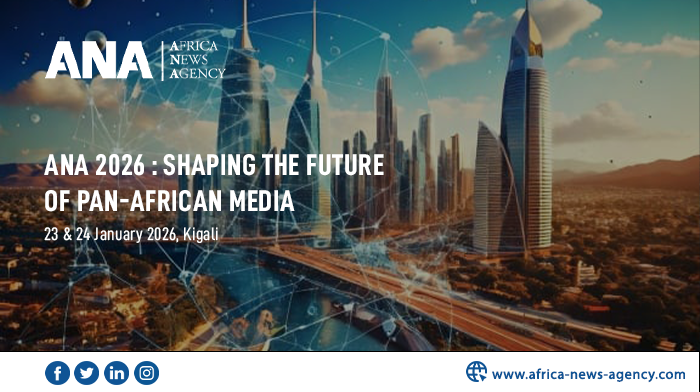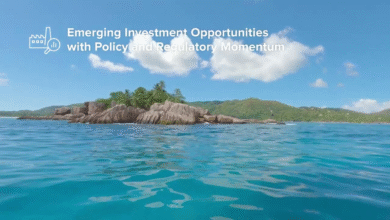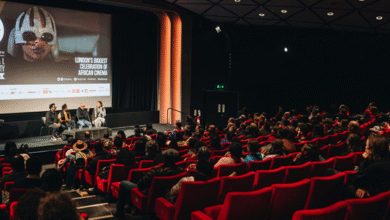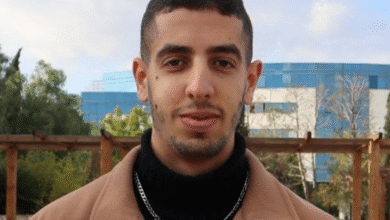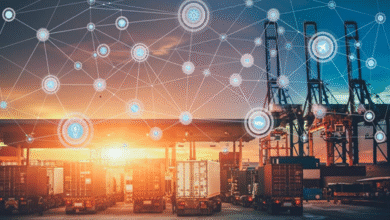Caroline Mbugua : “Digital inclusion is key, we must ensure everyone can participate in Africa’s digital economy”
As Africa’s digital ecosystem continues to expand, the continent’s ambitions go far beyond technology adoption. From mobile connectivity to digital inclusion, Africa is shaping its own innovation agenda. Ahead of MWC Kigali 2025, we spoke with Caroline Mbugua, Director of Public Policy at GSMA Africa, about connectivity, affordability, policy, and the role of collaboration in driving Africa’s digital transformation.

By Dounia Ben Mohamed
How would you assess the current state of Africa’s digital ecosystem, particularly regarding Internet access and mobile connectivity?
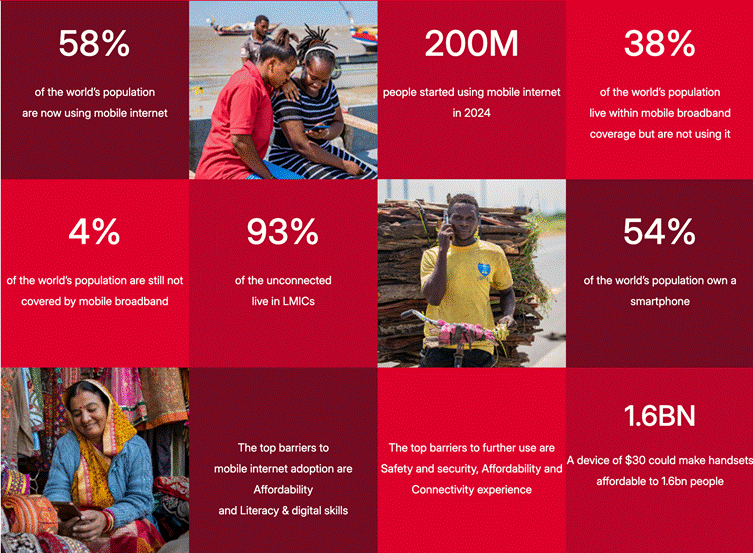
If we look at the latest reports, specifically the Mobile Internet Connectivity Report 2025, we track three main elements: connected users, the usage gap, and the coverage gap. This allows us to clearly identify where the gaps are.
Connected users are consumers active on mobile broadband services (3G and above). Globally, 58% of the population, or 4.7 billion people, now use mobile internet on their own device. In sub-Saharan Africa, around 25% of the population is connected, representing roughly 300 million people.
The usage gap remains significant: 38% globally (3.1 billion people) live within coverage but don’t use mobile internet. In sub-Saharan Africa, this usage gap is also around 38%, highlighting the need for targeted interventions by policymakers, regulators, and industry players.
The coverage gap—people without access to 3G or higher—has dropped to 4% globally (300 million people) but remains 10% in sub-Saharan Africa, approximately 120 million people. This shows the continued need for investment to ensure everyone can participate in the digital economy.
The mobile industry continues to drive economic growth, contributing about 8% to sub-Saharan Africa’s GDP—around 140 billion USD in 2023—and supporting 4 million jobs, with the potential to generate 280 billion USD by 2030 if the right policies are implemented.
The Digital Africa Index, launched in 2024, shows that countries like Kenya, Mauritius, Seychelles, and South Africa have digital readiness scores above 50%, measuring digitalization of consumers, businesses, and government. This highlights both progress and the significant work still required across Africa.
What do you see as the main obstacles to the adoption of digital technologies in low-income African countries?
Our Mobile Internet Connectivity Report highlights key barriers that have contributed to the usage gap. Number one, and what is most critical in Africa and sub-Saharan Africa, is the affordability of devices and affordability of service.
For example, smart devices continue to have a high cost, which results in very low penetration of smart devices in Africa, particularly in low-income households, limiting access to digital services. And we know that smart devices are the gateway to the digital world. One solution is a significant reduction in taxation, particularly on entry-level smart devices. A good example is South Africa, where the government removed the so-called luxury tax on smart devices that are R2500 and below, signaling their commitment to driving digital transformation and accelerating adoption of smart devices.
Another critical area is digital literacy. Digital literacy is necessary to ensure that users understand how to navigate the digital world and interpret it in their own local languages or in the best way they understand. Limited skills and awareness hinder adoption, especially in rural areas and among vulnerable groups such as women, youth, and marginalized communities. Very targeted programs are needed to drive digital literacy, and now with the emergence of technologies such as AI, it becomes an even bigger challenge because digital literacy needs to extend from basic use to advanced technologies.
We also observe challenges around content—ensuring that content is relevant and available in local languages, providing consumers with compelling reasons to go online. In rural areas, high infrastructure rollout costs, high living costs, and low economic empowerment make services even more expensive. Solutions such as universal service funds can help, but these need to be more efficient. In our 2023 report, we looked at policy reforms that can improve the effectiveness of universal service funds, ensuring better use of funds to drive connectivity in rural and underserved areas.
One key area is also policy implementation. Political goodwill is critical to addressing these gaps, as commitment to adopting policies and regulatory reforms supports closing the barriers we’ve identified and drives continued investment on the continent.
How do local regulations impact investment and innovation in Africa’s telecom and digital sectors?
The key point is political goodwill. There must be the right environment and the right priorities to drive policy and regulatory reforms that support the advancement of the digital space and innovation in Africa. For example, regulatory uncertainty, with frequent changes, creates fear and negatively impacts investment. Ensuring regulatory certainty is critical.
This includes longer license periods, reasonable license and spectrum fees, sector-specific taxes, and simplified approval processes for infrastructure rollout. Supporting frameworks, such as regulatory sandboxes and infrastructure sharing, are also very important.
Telecom relies on spectrum, which is its lifeline. Ensuring proper spectrum management policies and regulatory frameworks is critical. Areas such as technology neutrality, predictable and clear license conditions, availability of spectrum at the right time, price, and combination, are essential.
GSMA works with regulators and policymakers on the continent to promote harmonization of policies that attract and retain investment, ensuring a stable enabling environment. Successes include Kenya’s Universal Service Fund reform, which now supports CAPEX and OPEX for infrastructure rollout; South Africa’s removal of taxes on smart devices; Kenya’s reversal of excise duty increases; and Nigeria designating telecom infrastructure as critical national infrastructure to protect against vandalism.
These examples show positive policy outcomes, but we call for more interventions in this direction.
What role does GSMA play in promoting digital inclusion and mobile access across the continent?
GSMA brings together different players in the digital ecosystem to ensure that society and businesses thrive.
We have various programs—for example, GSMA Mobile Connected Society partners with governments, operators, and NGOs to expand access and adoption, particularly in underserved areas. We are also known for providing data-driven insights through reports like the Mobile Economy Report and digitalization reports at national levels.
This supports data-driven policy reforms. We also provide platforms such as MWC Kigali and other events to foster dialogue on critical issues. GSMA is an enabler, bringing together stakeholders, providing information for decision-making, and encouraging learning from different countries through indexes. Ultimately, we advocate for policies that enhance connectivity, affordability, and innovation to bridge the digital divide.
Which public-private partnerships have been most effective in developing Africa’s digital infrastructure?
A clear example is the industry working with national regulators to ensure sufficient spectrum and clear infrastructure rollout. For instance, MTN Group worked with the Nigeria Communications Commission to enable 5G rollout in Nigeria, boosting fintech and eHealth services.
We have also seen infrastructure-sharing models, such as Vodacom and Orange in Nigeria, and Airtel and other operators on the continent, to make infrastructure rollout more affordable and sustainable. Collaboration leverages public funds and private expertise for scalable, inclusive digital infrastructure.
How can mobile operators contribute to Africa’s economic and social transformation?
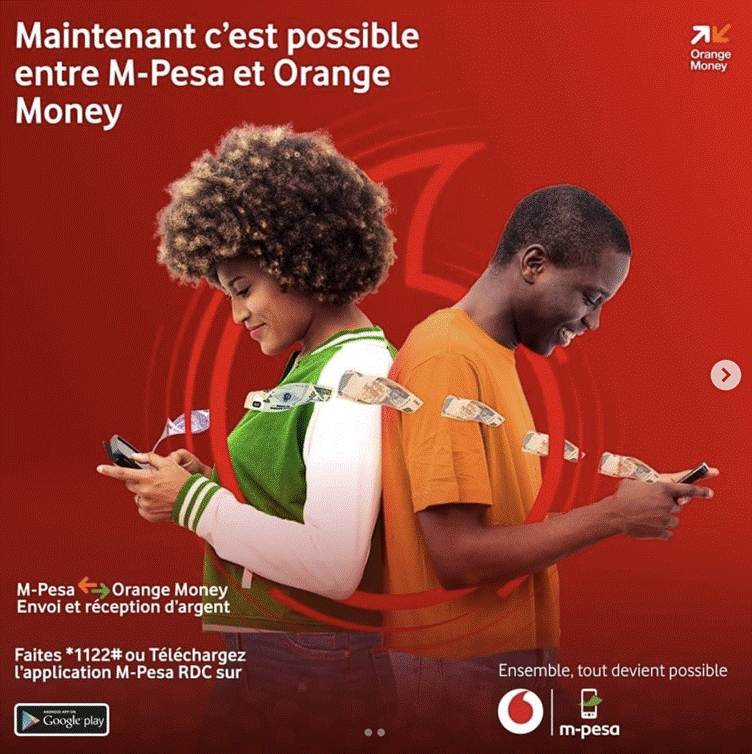
Operators drive up to 8% of sub-Saharan Africa’s GDP, and in Nigeria, up to 13.5%. The mobile industry is a key driver of economic growth.
Platforms like M-Pesa, Airtel Money, MoMo, and Orange Money provide financial inclusion by reducing transaction costs and supporting SMEs in informal communities. Operators also enable services in health, education, and agri-tech—like MTBA in Kenya by Safaricom.
Partnerships with governments and NGOs deliver services such as SMS health alerts and early warning systems during disasters. Mobile operators play a huge role in digitalizing other sectors, leveraging technologies like 5G and network slicing for specialized networks—for instance, in mining with EthioTel, and education with targeted digital solutions.
Which sectors (health, education, fintech, agriculture, energy) hold the greatest potential for digitalization in Africa?
This depends on governments’ objectives. Agriculture is key—most African countries rely on land and agriculture for employment and exports. Mobile advisory services, weather data, and insurance solutions can boost farmer productivity and resilience.
Healthcare also presents opportunities through telemedicine, mobile health monitoring, vaccination tracking, and improving service efficiency. For example, a Singaporean university piloted telemedicine in Kumasi, Ghana, where doctors supported local hospitals using 4G to provide better medical procedures.
Energy is another challenge—solutions like solar systems can improve access. Mobile platforms are central to scaling these sectors.
In your view, how can local start-ups and innovation accelerate Africa’s digital transition?
Startups are crucial. Mobile Money, M-Pesa, was once a startup. Startups need clear legal frameworks outlining rights and obligations, and an enabling environment to scale, including infrastructure and startup hubs linking them to investors.
GSMA’s challenge funds, accelerators, risk and seed funding foster innovation in underserved areas. Hubs supported by operators and GSMA programs foster AI, IoT, and analytics solutions for African markets, ensuring solutions are by Africans, for Africans, with policy support from startup acts.
What lessons can be learned from other regions to speed up Africa’s digital development?
GSMA’s global presence allows sharing of lessons. Southeast Asia demonstrates strong public-private coordination and agile regulations, accelerating mobile payments adoption. Latin America shows telecom liberalization and fiber investment models. India illustrates government-led digital identity and payment platforms promoting innovation and inclusion.
A key lesson is the importance of harmonized policy. Africa often has fragmented national-level approaches. Digital policies need to reflect the borderless nature of the digital world.
What makes MWC Kigali 2025 unique, and how does this forum help drive innovation and digital collaboration across Africa?

MWC Kigali is Africa’s premier connectivity event, taking place from October 21–23 at the Kigali Convention Centre. Past events have brought together over 3,400 attendees, 230 speakers, and participants from 90+ countries. For the third year, the event will be officially opened by His Excellency Paul Kagame, President of Rwanda, signaling high-level policy engagement.
Themes include AI, fintech, and continental connectivity to advance Africa’s digital frontier. Digital inclusion remains key, highlighted through the ministerial program—an invite-only session for policymakers and regulators to discuss reforms to close the digital divide. Sessions will focus on digital transformation, synergizing energy and digital infrastructure investment, and spectrum management. At the ministerial program, a child online protection task force will be launched to ensure children remain safe online as Africa drives digital transformation. MWC Kigali fosters collaboration, innovation, and inclusive digital growth, with a commitment to leaving no one behind in the digital age.



